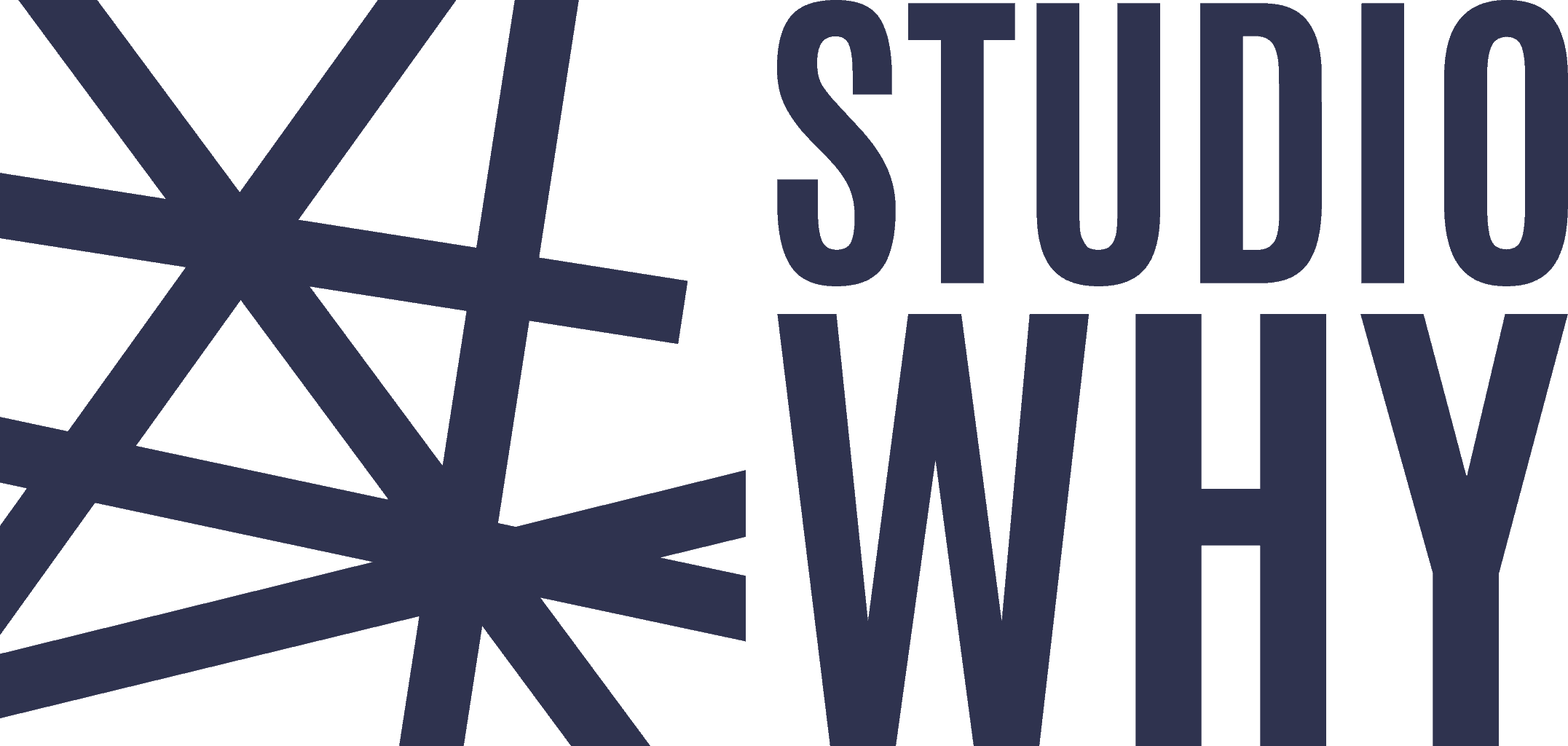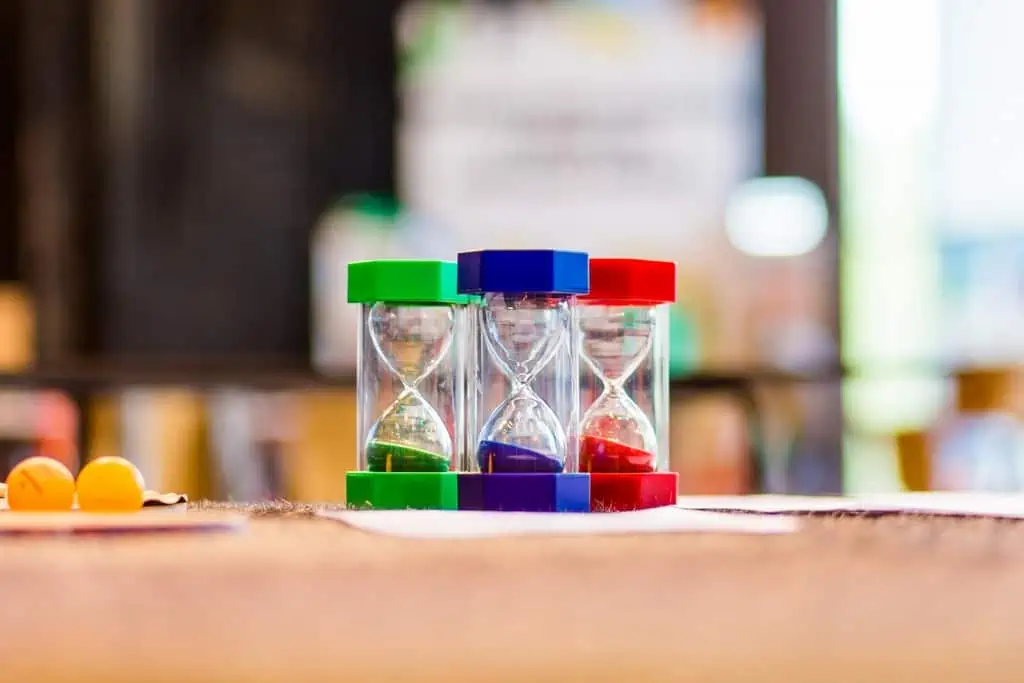| Type |
Workshop
Part of STUDIO.WHY Design Thinking methodology is learned through practice |
Fieldwork
Observe and collect data in the field to the clarify the challenge from the starting document. You retrieve information that can be used in the next work session. You do this together as a team, so help each other |
Team Intervision
Learning from experiences. Deepen and broaden on content, process and team level. |
Personal intervision
During the process, a need may arise among the teams on an individual level to gain in-depth knowledge of something specific that benefits the process. We can meet this in due course. Think of:
– Empathetic Conversation
– Digital Skills, such as Miro, prototyping, online interviewing and more.
– Concept development
– Pitching
– Prototyping |
Coaching
Core team can approach the facilitators independently to help with challenges they encounter. |
Meet the godfathers/ sponsors
After each period, the state of affairs is presented to the godfathers and the teams are put in the spotlight for a while. |
Align the managers
Organize a webinar to involve the participants’ managers in the process and let them watch. Do your best for this important stakeholder! Tip: make sure that the sponsors share from themselves why it is good for the organization. |


